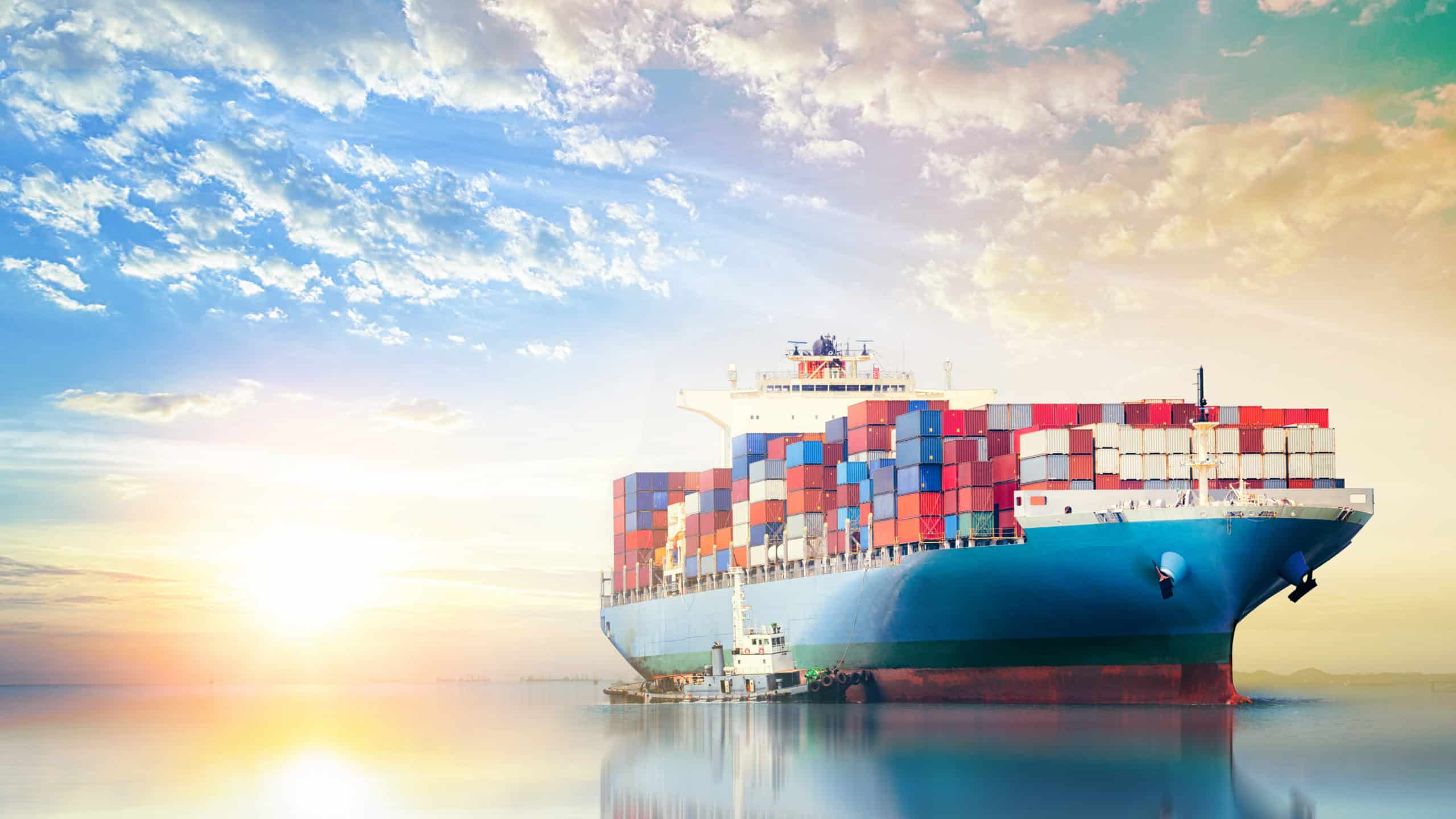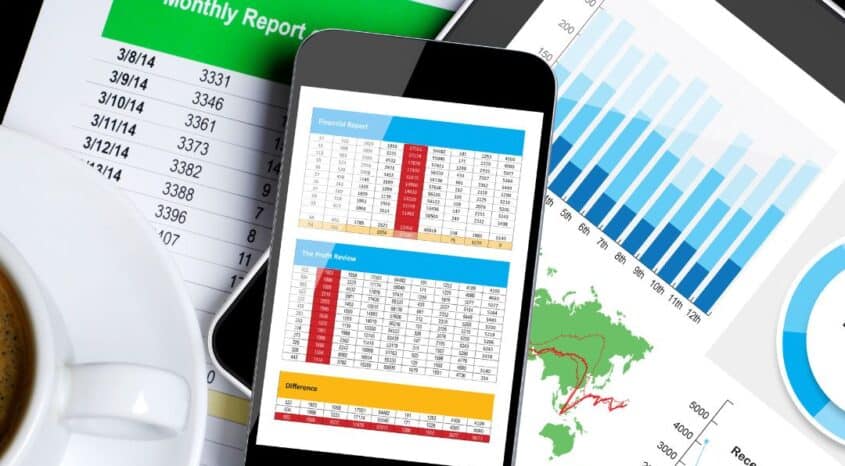For online retail brands that import products, using shipping containers is a necessary evil – and it’s one that’s hitting merchants’ profit margins harder than ever.
A unique combination of multiple circumstances – including the supply chain crisis, the lack of lorry drivers, the pandemic aftermath, the fallout from Brexit, the Ukraine invasion, rising inflation and fuel prices, – has resulted in a staggering surge in the cost of using shipping containers.
Container costs are reportedly now up by more than 600% – and there are widespread anecdotes of merchants being forced to pay upwards of $25,000 for container space that cost just $3,000 a couple of years ago. Even consumers are starting to sit up and take notice as they realize items they once bought without a second thought are becoming unaffordable after brands passed on price hikes.
Unfortunately, things are set to get worse before they get better. Experts predict that shipping costs will continue to rise (because shipping capacity is unable to increase at the same pace as demand) into 2023 and leading logistics providers claim it will take years for costs to stabilize.
As a retailer, you can’t do anything to change the causes of rocketing shipping container shipping, but there are things you can do to mitigate the impact and cut costs. Let’s look at four suggestions:
1. Maximize use of container space
Shipping containers are usually priced per container – regardless of how full they are packed. Make sure you know the inner dimensions and weight limits of the shipping containers you are using, and use this information to ensure you maximize the space available to increase your value for money.
Brightpearl’s Inventory Planner Premium allows you to input CBM (cubic metrics) or weight to maximize container loading. You can even scale a PO to ensure you fill every square inch of your containers to avoid wasted space and unnecessary costs.
In the battle against surging container costs, being smart about how you fill each and every container you pay for should be a top priority.
2. Rethink your packaging
The precise volume and weight of your packages might not have seemed like a big deal in the past, but with shipping container prices going through the roof, retailers must rethink how their imported items are packaged.
The key is to keep items packed tight and lower their weight as much as possible. Don’t assume cardboard is your only option – standard cardboard is heavy and bulky. Corrugated boxes are lighter, and air pillows or packing paper are a lightweight option for padding.
However, it might be worth designing bespoke packaging that closely matches the shape and size of your items. This way, you’ll need less packaging and will be able to fit more in your container, making each shipment better value.
3. Switch up your suppliers
How much do you pay for each shipment? What’s the lead time? Do containers arrive on schedule? The answers to these questions will impact the cost effectiveness of each supplier. And while shipping containers are in high demand, it doesn’t mean you should settle for sub-par service or just assume you aren’t being over-charged.
Shop around for the best deal. Choose suppliers that can help you cut costs where possible. For instance, your freight forwarder should ensure they don’t deliver goods too early or too late – both can incur extra fees that you’ll have to pay.
Consider using smaller, less well-known (but still trustworthy) suppliers who can often offer a more reasonable and flexible service.
Worried about managing multiple suppliers with different lead times? As a purpose-built Retail Operating System, Brightpearl offers integrated supplier management and access to our market-leading Inventory Planner Premium tool. It means you can easily manage all your suppliers in one place, keeping track of all activity and adjusting replenishment based on each supplier’s lead time to ensure you always have the optimum amount of inventory.
4. Source products closer to home
Importing goods from China has long been the cheapest way to source stock, but current shipping container costs mean that’s no longer always the case.
Research which items you can source within your own borders – and consider reprioritizing your inventory accordingly. If your goods don’t have to travel internationally, you can bypass the need to use expensive shipping containers altogether. Local suppliers may be able to offer attractive economies of scale, faster lead times and better service.
However, minimizing the cost of domestic shipping is also important. Brightpearl enables retailers to automatically optimize order routing in order to reduce shipping distance (and therefore reduce cost).
Book a demo to find out more about how Brightpearl’s Inventory Planner Premium can help you win against the surging cost of shipping containers.




